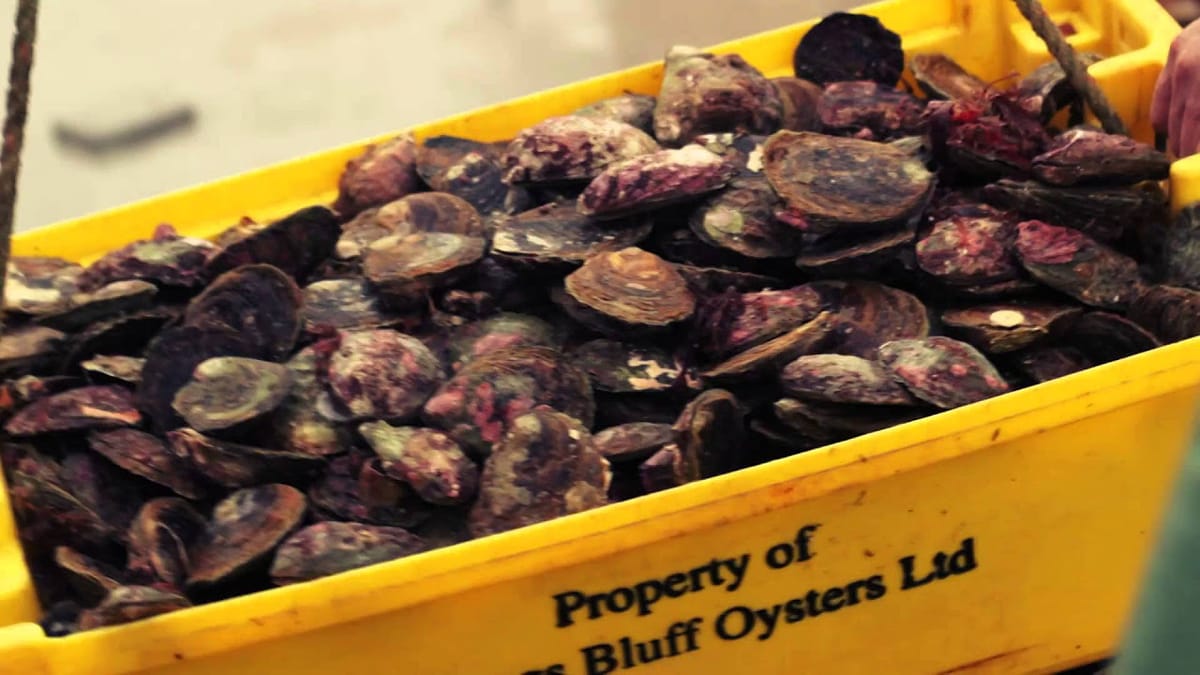No Bonamia ostreae has been detected in the Ministry for Primary Industries’ latest testing of the Bluff wild oyster fishery.
“This is good news and demonstrates that the removal of farmed oysters from Big Glory Bay is the right thing to do to lessen the risk to the wild fishery”, says MPI Director of Readiness and Response, Geoff Gwyn.
“We sampled 11 locations across Foveaux Straight and bonamia was not detected in any of the samples. The testing gives us 95% confidence that bonamia is not present.
“We’ve also recently carried out testing in farms and a hatchery in Horseshoe Bay, a hatchery in Bluff harbour and in Bluff harbour itself. No Bonamia ostreae has been detected in any of these areas”.
Mr Gwyn says the two Horseshoe Bay sites and the Bluff harbour hatchery will be incorporated into a monthly MPI testing regime.
Since March 2016, MPI has conducted 6-monthly sampling and testing of farmed and wild oysters for Bonamia ostreae in Marlborough, Otago, Chatham Islands and Southland. This surveillance programme is designed to detect early infections, so that measures can be implemented to control spread of disease.
MPI will continue with the removal of farmed oysters in Big Glory Bay and the Marlborough Sounds as planned.
“Removal of the last of the caged oysters finished over the weekend in Big Glory Bay. This week we move to phase 3 of operations, which is pulling up ropes. Operations get underway in the Marlborough Sounds this week, with the first of the cages coming up.
“We are grateful for the cooperation of the farmers and community in this process which we know is challenging for them,” Mr Gwyn says.
Because of the proximity of farms and tide and current movements, Big Glory Bay is being treated as a single epidemiological unit – this means that every oyster within Big Glory Bay is assumed to have been exposed to the disease.
“The removal of farmed oysters is intended to keep the number of bonamia parasites in the water low to reduce the risk of bonamia spreading and becoming established in the wild fishery.
“A dying flat oyster can release about 500 million parasites into the water. The lower we can keep parasite numbers the fewer oysters will become sick and die and the risk of spreading to new areas greatly reduced.
MPI will continue to actively monitor the wild fishery – the next round of sampling and testing will be in September.

